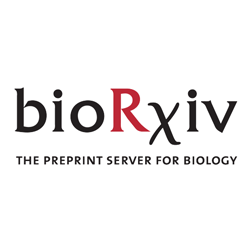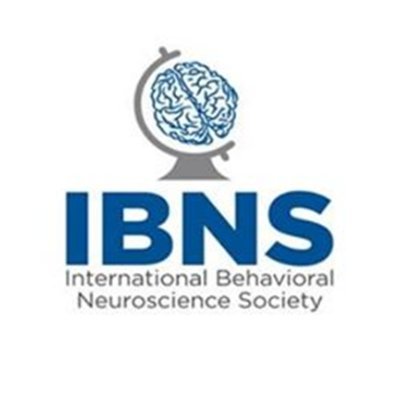
Stan Floresco
@dr_stan
Followers
4K
Following
11K
Media
2K
Statuses
6K
Neuroscientist, fan of the dopamine, people, and having a good time. Opinions my own, but maybe they'll be yours too? @UBCPsych @dr-stan.bsky.social
Vancouver, British Columbia
Joined March 2009
🚨GIF THREAD ALERT🚨presenting our latest exploration on how “Distinct Medial Orbitofrontal–Striatal Circuits Support Dissociable Component Processes of Risk/Reward Decision-Making” by superstar student @_NicoleJenni in @SfNJournals #JNeurosci
https://t.co/OF3zkdmHww
2
21
81
Complementary yet dissociable influences of medial and lateral orbitofrontal cortex over cue-guided decisions involving reward magnitude and uncertainty
jneurosci.org
Converging evidence suggests that orbitofrontal cortex (OFC) subregions subserve distinct roles in decision making across a variety of tasks. Cost/benefit decisions can require an organism to choose...
0
4
12
for anyone interested in the amygdala and risky decision-making, check out our new preprint: https://t.co/sRuIdwv4XX amygdala neurons track reward-seeking actions, and punishment risk dramatically alters this function. lots of other (BLA-accumbens!) data included.
biorxiv.org
Modifying behavior in response to changing environmental conditions is a crucial adaptive function. This capacity is exemplified when animals curtail pursuit of a valued outcome that risks being...
2
12
60
Are you and your colleagues interested in creating a symposium for our IBNS conference in South Africa? Submissions are less than a month away and we would love to hear your work! Call for symposia deadline is October 28th https://t.co/unLselDmxe
#IBNSSouthAfrica
0
3
5
@TheErinCalipari says her #MyWHY is: “because drug addiction is one of the biggest economic problems in our country. It kills more people than any other disease every year, and there is no cure for it.” @NIH funding supports her work on dopamine, trains scientists, and lays the
0
5
7
#JNeurosci: Findings from @_NicoleJenni
@debrabercovici and @dr_stan provide novel insight into the functional contribution that mOFC–BLA and PL interactions make to distinct processes that shape decision-making in situations of reward uncertainty in rats https://t.co/3pKlJrOQF6
1
4
27
Trends in Neurosciences Neuromodulatory signaling contributing to the encoding of aversion:
cell.com
The appropriate and rapid encoding of stimuli bearing a negative valence enables behaviors that are essential for survival. Recent advances in neuroscience using rodents as a model system highlight...
0
26
95
As always, thanks for reading (cross posted at the good place).
1
0
0
So, rather than prescribing specific functions to a frontal region, a more comprehensive understanding of how these regions guide behavior may be obtained by elucidating the information processed and behavioral impact of different subpopulations of cortical neurons
1
0
1
“This highlights that examining how distinct frontal lobe subcircuits regulate complex cognition can uncover novel functions that might not be revealed with more generalized disruption of cortical activity.”
1
0
1
What we found interesting was that none of our selective disruption of mOFC output circuits recapitulated the effect of inactivation of ALL mOFC outputs.
1
0
1
We interpreted this to indicate this circuit promotes advantageous choice by processing information about wins and losses in a context-appropriate manner - shrug off a loss when the odds are good,
1
0
1
What was really cool was when we disrupted mOFC-to-prelimbic inputs. This induced more random choice patterns, so animals were less risky when the odds were good, and more risky when they were poor
1
0
1
In comparison, when we suppressed Prelimbic inputs to the mOFC, that made rats more risky, implying that this cortico-cortical circuit attenuates the allure of larger yet uncertain rewards and promotes loss sensitivity
1
0
1
In contrast, targeting ascending, BLA-to-mOFC circuits had no effect
1
0
1











